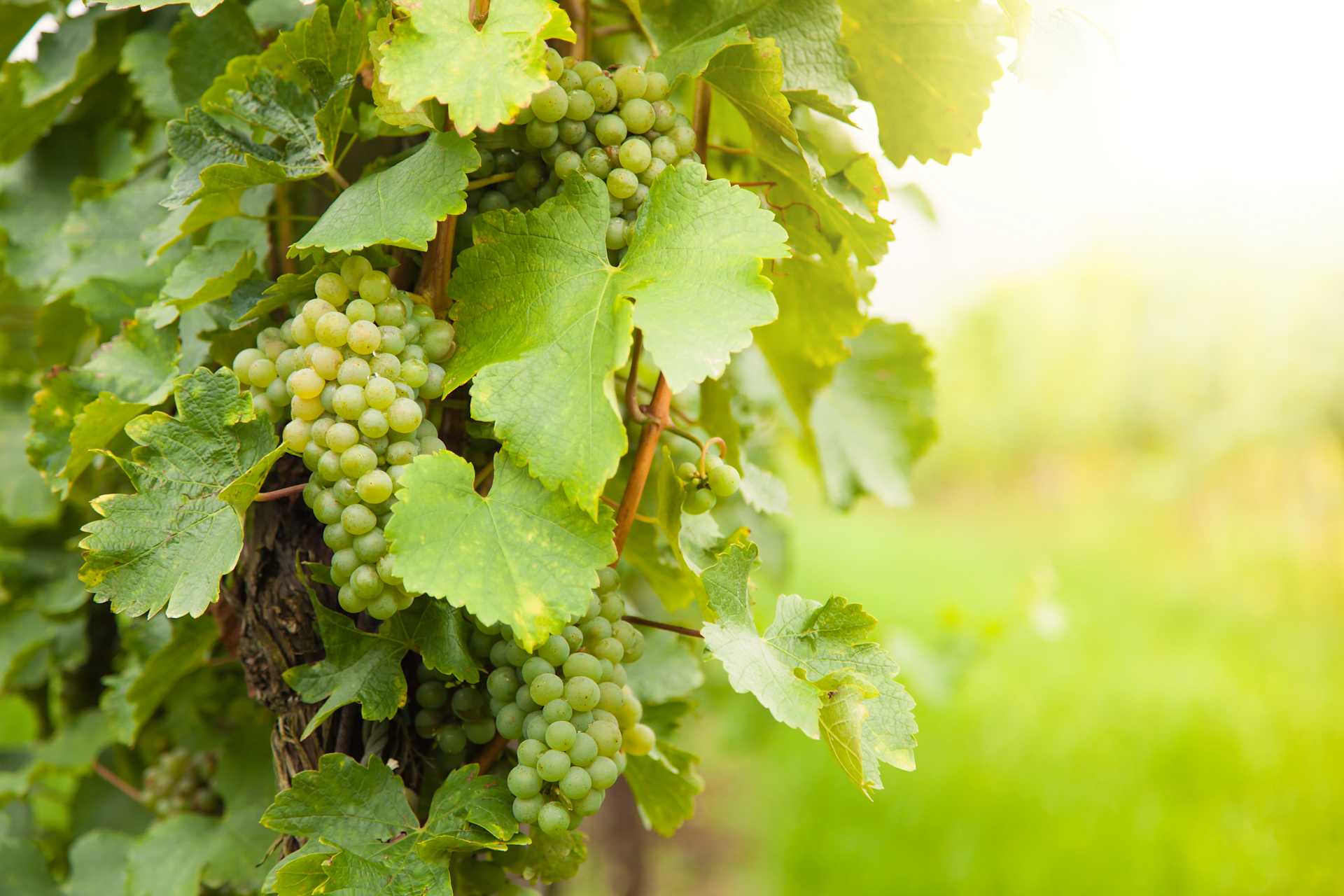Weingut Gross Steirische Klassik STK Weissburgunder 2010


Product Details
Your Rating
Somm Note
Winemaker Notes





In German, "gross" simply means big. In modern wine parlance, it means great or grand, as in Grosses Gewächs. In Austria, it is also the proud name of a well-regarded family with more than a century of winemaking history. Johannes Gross is the fifth generation of the family to farm and make wine in Ratsch, on the poetically hilly, verdant edge of Südsteiermark (southern Styria). It's a place defined by climatic tension between the Alps and the Adriatic with steep, terraced hillsides, a mélange of volcanic and sedimentary soils, and a range of traditional Styrian varieties, foremost Sauvignon Blanc. The family has holdings in some of Südsteiermark's best sites, including the two single vineyards, Nussberg and Sulz. The terrain demands intensive handwork; yields are kept very low. In the cellar, the focus is on traditional vinification methods. The results are entrancingly aromatic, lively, by turns finessed and muscular — and revelatory in their varied expressions of Südsteiermark terroir.
The family estate dates to the mid-18th century, with an ancestor's purchase of a mixed farm in Ratsch. In 1907, Heinrich Gross bought a vineyard in the Witscheiner Herrenberg (now Slovenia), though it would be decades before the family specialized in wine alone. In the early 1980s, Alois Gross, Johannes’ father — inspired by “many discussions with winemakers around the world,” as Johannes explains — trained his attention on improving wine quality and is now widely regarded as a pioneer of quality winemaking in the region. Alois handed over the estate to Johannes when he was just 21; Alois knew from his own experience how important it is it be trusted to make decisions from an early age.
Südsteiermark is a poetically verdant, hilly region that stretches from the regional capital of Graz, east to the edge of Burgenland, and south to Austria's Slovenian border. Nestled between the Alps and the Adriatic, steep amphitheaters of vines alternate with meadows, forests, and small fields for a storybook landscape and unique wine culture. “Viticulture has been practiced here since the Romans and is still the number one economic factor in this region,” Johannes explains. Under the Habsburgs, Styria extended into what is now Slovenia, creating a vast viticultural area, split when political borders were redrawn in the aftermath of the two world wars. Ratsch is in the heart of Südsteiermark, one of three Styrian subregions, this widely regarded as best suited to the sauvignon blanc that is typically planted on the best parcels.

Approachable, aromatic and pleasantly plush on the palate, Pinot Blanc is a white grape variety most associated with the Alsace region of France. Although its heritage is Burgundian, today it is rarely found there and instead thrives throughout central Europe, namely Germany and Austria, where it is known as Weissburgunder and Alto Adige where it is called Pinot Bianco. Interestingly, Pinot Blanc was born out of a mutation of the pink-skinned Pinot Gris. Somm Secret—Chardonnay fans looking to try something new would benefit from giving Pinot Blanc a try.

Appreciated for superior wines made from indigenous varieties, Austria should be on the radar of any curious wine drinker. A rather cool and dry wine growing region, this country produces wine that is quintessentially European in style: food-friendly with racy acidity, moderate alcohol and fresh fruit flavors.
Austria’s viticultural history is rich and vast, dating back to Celtic tribes with first written record of winemaking starting with the Romans. But the 20th century brought Austria a series of winemaking obstacles, namely the plunder of both world wars, as well as its own self-imposed quality breach. In the mid 1980s, after a handful of shameless vintners were found to have added diethylene glycol (a toxic substance) to their sweet wines to imitate the unctuous qualities imparted by botrytis, Austria’s credibility as a wine-producing country was compromised. While no one was harmed, the incident forced the country to rebound and recover stronger than ever. By the 1990s, Austria was back on the playing field with exports and today is prized globally for its quality standards and dedication to purity and excellence.
Grüner Veltliner, known for its racy acidity and herbal, peppery aromatics, is Austria's most important white variety, comprising nearly a third of Austrian plantings. Riesling in Austria is high in quality but not quantity, planted on less than 5% of the country’s vineyard land. Austrian Rieslings are almost always dry and are full of bright citrus flavors and good acidity. Red varietal wines include the tart and peppery Zweigelt, spicy and dense Blaufränkisch and juicy Saint Laurent. These red varieties are also sometimes blended.
